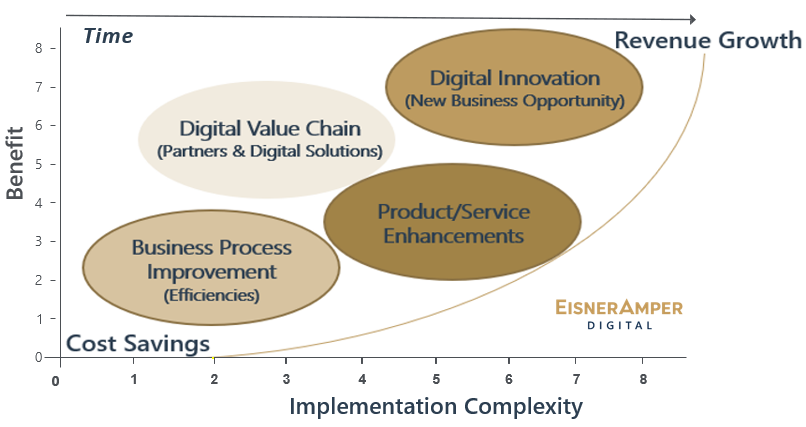
How Manufacturing Leaders Optimize ERP Systems to Mitigate Risk
- Published
- Aug 22, 2022
- By
- Travis Epp
- Share
Your current accounting and operational systems may be one of the obstacles you face on your business transformation journey. ERP system and application modernization can help by delivering scalability and security. While your enterprise resource planning (“ERP”) system and application modernization serves as an incredible resource when finding efficiencies in the manufacturing and distribution (“M&D”) process, have you considered that it may be a security liability for your business? With the rate of cyberattacks at an all-time high, it’s more important than ever to secure your systems and protect your data. Here are some steps you can take to protect your business from cyberattacks through your ERP.
Educate Your Team
Protecting your business from cyber threats starts with making sure your employees are prepared and trained to recognize them. All current and new employees who have access to your ERP system should complete mandatory training and pursue continuing education on this subject.
Employees should be continually briefed on best practices for identifying external threats and risks, managing their passwords, setting up two-factor authentication and so forth. Consider hosting these trainings periodically and briefing your team on new ERP software updates.
Communicate to all staff the dangers your organization confronts, including examples of how hackers may attempt to illegally enter your systems and the ERP. Knowing about the hazards makes everyone in your company more attentive.
Work Closely with Your Vendors
No different than a vendor from whom you purchase your raw materials, having a healthy business relationship with your ERP provider is essential to business success. When it comes to security, your provider should be the expert regarding best practices and processes to help your business stay secure.
After implementing your ERP system, ask yourself how your vendors have supported you. Having a direct point of contact or account manager who can provide an ongoing expert dialogue on new features, security updates and best practices is critical for getting the most out of your tech investment.
The transition from traditional accounting and operational systems to a new ERP system that will enable your digital supply value chain is a complex process that will be unique to each firm. As you undergo digital transformation, it is vital to be able to monitor and analyze the actions of multiple vendors and engage with them via ERP. To give more insights and automation in your workflows, it is critical to integrate all your vendors in the full digital supply chain process via your new ERP system.

Constantly Reassess Your Software
Innovation and change are fueling the M&D sector more than ever. And while ERP systems have come a very long way since their beginnings as simple inventory management systems in the 1960s and 1970s, so have the problems for which they solve.
How long have you been working with your ERP partner? If your answer is five, 10 or even more than 15 years, it’s important that you constantly reassess your options. Over that time, your products, processes or priorities may have changed. The same can be said for your ERP, especially when it comes to security.
Vendors continue to roll out different services for encryption, threat monitoring and response, and data privacy practices. At the end of every contract period, schedule a new ERP demo or research a few other options. You may be surprised at what’s out there.
Have a Cyberattack Crisis Strategy
The best time to have a plan for crisis is yesterday, and in the unfortunate and very real case that your business does experience a cyberattack, you need to act quickly. You may already have a crisis plan if something goes wrong on the production floor; cybersecurity should be treated no differently.
Your leadership team should have a full understanding of the reactionary processes, communications and ownership if you are affected by a data breach or cybercrime. Consider drafting a written action plan and reviewing this plan with your team, technology vendors and internal stakeholders.
While innovative, disruptive technologies—such as blockchain or artificial intelligence—often steal headlines. It’s important to consider the systems and platforms that run your manufacturing business during the day-to-day, especially when it comes to cybersecurity.
What's on Your Mind?
Start a conversation with Travis
Receive the latest business insights, analysis, and perspectives from EisnerAmper professionals.












